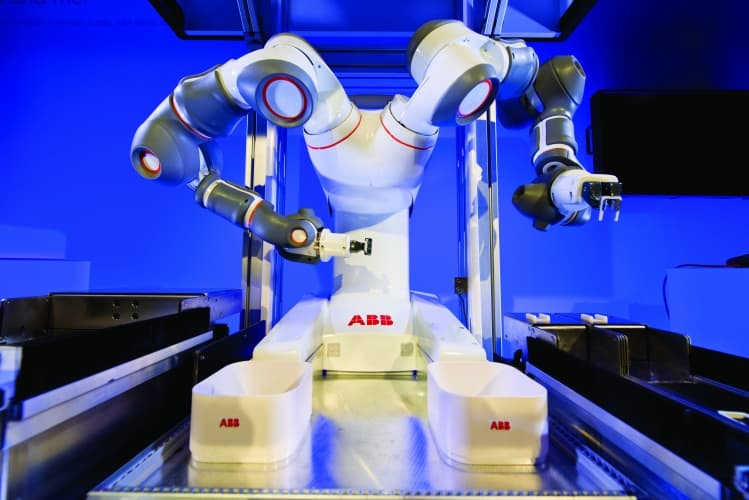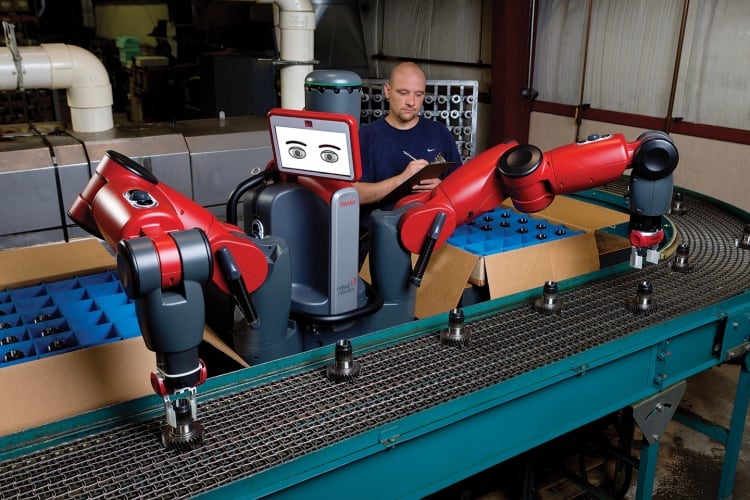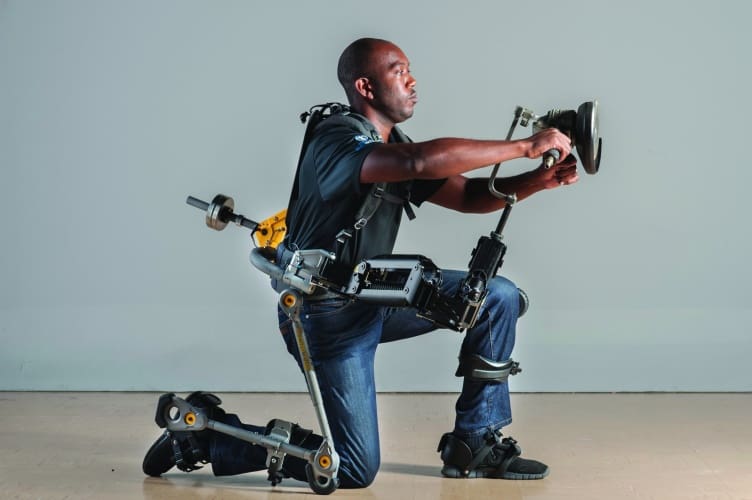The factory workers at General Motors’ Ewing Township facility in New Jersey probably didn’t realise it at the time. But when they clocked in one spring day in 1961 – and gazed curiously at the robotic arm that had now become part of their workforce – they were looking at the future.
The installation of the Unimate industrial robot – which was used to carry out the relatively dangerous job of transporting die castings from an assembly line and welding them onto car bodies – marked the beginning of a period in which industrial robots transformed industry and went from being a laboratory curiosity to a commonplace feature in large engineering operations all over the world.

But whilst automation has transformed the planet’s biggest industries and given rise to an industry of its own that, by 2020, is expected to be worth $40bn per year, expensive robotics technology has remained largely out of reach of smaller engineering enterprises.
This could all be about to change, thanks to the emergence of a new generation of lower cost industrial robots, designed to work alongside humans, and bring the benefits of automation to companies unable to invest millions.
Earlier this week, automation giant ABB unveiled YuMi, a two-armed robot that’s been designed primarily for small parts assembly in the electronics industry. According to ABB the robot is optimised to work in environment hitherto off-limits to robots. It can feel and see and has soft padded arms with force-sensing technology designed to ensure that it doesn’t injure its co-workers. Pekka Tiitinen, head of ABB Discrete Automation and Motion division said that the robot is potentially at the vanguard of a new era for industrial automation.
And YuMi is not alone. This August, Californian firm Unbounded Robotics launched the UBR-1, a $50,000 device with a single manipulator aimed squarely at companies that can’t afford to fully automate their business. Whilst Rethink Robotics’ Baxter robot – which The Engineer reported on back in 2012 – is now being used by a number of companies across a range of industries.

Clearly, such systems are in their infancy, and whilst the decision by automation giant ABB to enter the market is a strong vote of confidence for the technology, many manufacturers will be unconvinced by the benefits and possibly concerned by the safety issues raised by robots and humans sharing the same workspace.
Meanwhile, an altogether different way for firms to enjoy some of the capabilities of robots at a lower cost, could soon arrive in the shape of wearable exoskeletons that enhance a user’s strength and enable them to perform a variety of jobs previously off-limits to humans.
Concepts for these kind of systems have been around for some time. The military has been particularly interested in exploring the use of powered-suits to augment the strength of ground troops. But Lockheed Martin – which has been investigating exoskeletons for the last five years, recently unveiled a system developed for industrial applications. Dubbed FORTIS, this unpowered lightweight exoskeleton is said to increases an operator’s strength and endurance by transferring the weight of heavy loads from the user’s body directly to the ground.

Ultimately, it’s unlikely that - even for smaller companies - the factory of the future will become anything other than more and more heavily automated, but developments like Baxter, YuMI and even Lockheed’s exoskeleton illustrate how the benefits that have long been enjoyed by organisations with lots of money to invest might trickle down to some of our smaller engineering and manufacturing companies.











Water Sector Talent Exodus Could Cripple The Sector
Maybe if things are essential for the running of a country and we want to pay a fair price we should be running these utilities on a not for profit...